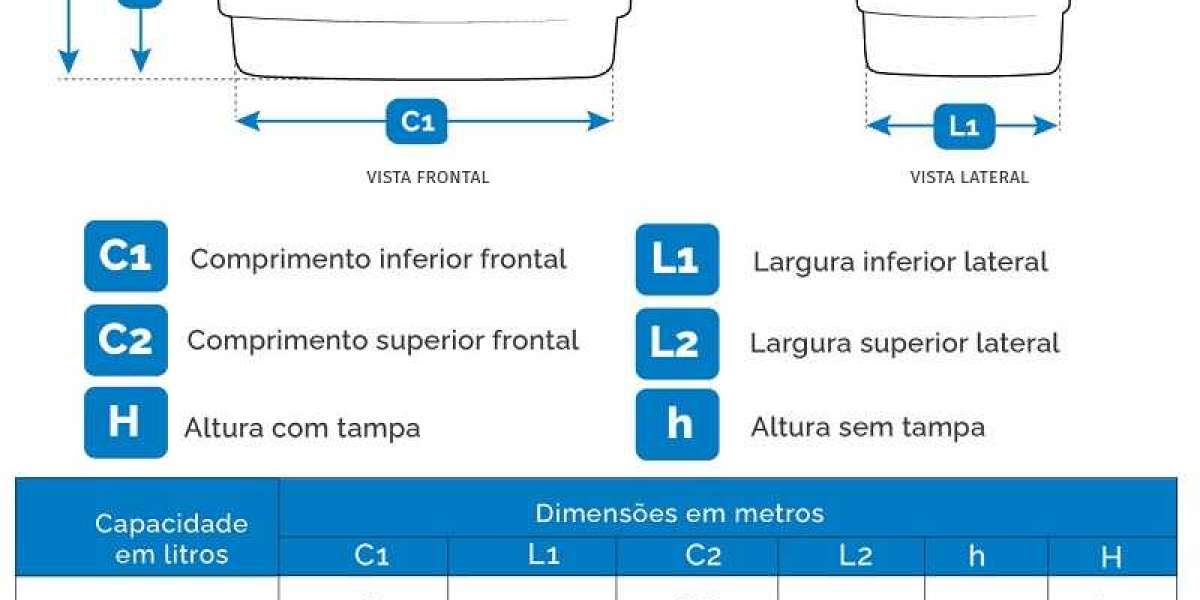The quality of water is determined by various physio-chemical parameters, which are essential for assessing its suitability for different uses, such as drinking, agriculture, and industrial processes. Understanding these parameters is crucial for environmental monitoring, public health, and water treatment processes. This overview will explore the most significant physio-chemical parameters of water, including pH, temperature, dissolved oxygen (DO),Physio Chemical Parameters Testing electrical conductivity (EC), turbidity, total dissolved solids (TDS), hardness, and chemical oxygen demand (COD).
1. pH: pH is a measure of the hydrogen ion concentration in water, indicating its acidity or alkalinity on a scale from 0 to 14. A pH of 7 is neutral, while values below 7 indicate acidity, and those above 7 indicate alkalinity. The pH of water is vital because it influences the solubility and availability of nutrients and pollutants. For example, most aquatic organisms thrive in a pH range of 6.5 to 8.5. Deviations from this range can lead to harmful effects, such as increased toxicity of certain metals or decreased effectiveness of disinfectants.
2. Temperature: Water temperature plays a critical role in determining the physical and chemical properties of water, as well as its ability to support life. It affects the solubility of gases (like oxygen), the rate of chemical reactions, and the metabolic rates of aquatic organisms. Higher temperatures can reduce dissolved oxygen levels, leading to stress on aquatic life. Additionally, temperature influences the stratification of water bodies, which in turn affects nutrient distribution and the overall health of aquatic ecosystems.
3. Dissolved Oxygen (DO): Dissolved oxygen is the amount of oxygen present in water, essential for the survival of fish and other aquatic organisms. DO levels are influenced by factors such as temperature, salinity, and the presence of organic matter. Low DO levels, often caused by pollution or excessive organic matter, can lead to hypoxic conditions, which are harmful to aquatic life. DO is also an important indicator of the overall health of a water body, as it reflects the balance between oxygen production (via photosynthesis) and consumption (via respiration and decomposition).
4. Electrical Conductivity (EC): Electrical conductivity measures the ability of water to conduct an electric current, which is directly related to the concentration of dissolved salts (ions) in the water. Higher EC values indicate higher concentrations of dissolved salts, which can be a result of natural processes like mineral dissolution or anthropogenic activities such as agricultural runoff. EC is used to assess the salinity of water, which is important for agricultural uses, as high salinity can harm crops.
5. Turbidity: Turbidity refers to the cloudiness or haziness of water caused by the presence of suspended particles, such as silt, clay, organic matter, and microorganisms. High turbidity can reduce light penetration, affecting photosynthesis in aquatic plants and leading to lower oxygen levels. It can also indicate the presence of pollutants, as many contaminants are bound to particulate matter. Monitoring turbidity is crucial for assessing water quality, especially in drinking water supplies.
6. Total Dissolved Solids (TDS): Total dissolved solids represent the total concentration of dissolved substances in water, including minerals, salts, and organic compounds. TDS is an important parameter for evaluating the aesthetic quality of water, as high levels can give water a bitter taste or lead to scaling in pipes and appliances. While TDS itself is not necessarily harmful, it can be an indicator of the presence of harmful substances, such as heavy metals or nitrates.
7. Hardness: Water hardness is determined by the concentration of calcium and magnesium ions in water. Hard water, characterized by high levels of these ions, can lead to scaling in pipes, boilers, and other industrial equipment. It can also reduce the effectiveness of soaps and detergents. However, moderate hardness is generally considered beneficial for health, as calcium and magnesium are essential nutrients.
8. Chemical Oxygen Demand (COD): Chemical oxygen demand measures the amount of oxygen required to oxidize organic and inorganic matter in water. It is a key indicator of water pollution, particularly in assessing the impact of industrial effluents and sewage discharges. High COD values indicate the presence of a large amount of organic matter, which can lead to oxygen depletion in water bodies, harming aquatic life.
In conclusion, the physio-chemical parameters of water are critical for determining its quality and suitability for various uses. Regular monitoring and assessment of these parameters are essential for ensuring the health of aquatic ecosystems, the safety of drinking water, and the effectiveness of water treatment processes. Understanding these parameters allows for better management of water resources and helps mitigate the impacts of pollution on the environment.








